Boston Children's Museum
308 Congress Street, Boston, MA 02210
617-426-6500
© Boston Children’s Museum 2025
Website Design by Jackrabbit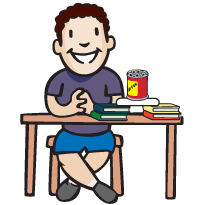
Design engineering is a great way to teach kids problem solving, teamwork, materials and tool use and the design process in general. In this activity, your students will also learn about structures and strong shapes used in structural design.
VIEW ACTIVITY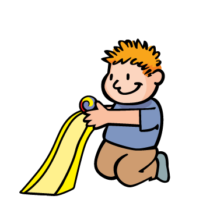
Children get too few chances to experiment with materials and to design and build objects of their own creation. These Raceways and Roller Coasters activities allow your students these opportunities, and engage them on many different levels as well. Building these tracks and rolling marbles down them help children to develop problem-solving and teamwork skills and touch upon some basic principles of physics like energy, acceleration and momentum.
VIEW ACTIVITY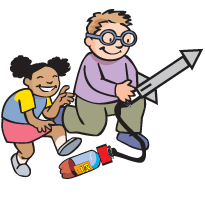
Engineering activities give kids a chance to develop problem solving and observations skills, to work with interesting and engaging tools and materials, and to learn how to work as a member of a team. In this activity, children get a chance to do all that—and to launch their creations into the air!
VIEW ACTIVITY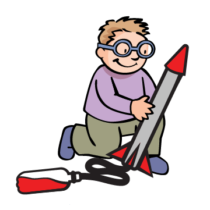
Engineering activities give kids a chance to develop problem solving and observations skills, to work with interesting and engaging tools and materials, and to learn how to work as a member of a team. In this activity, children get a chance to do all that—and to launch their creations into the air!
VIEW ACTIVITY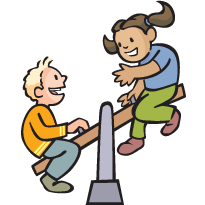
Building mobiles is a great way to teach children about concepts of balance while they also develop all of the process skills used in engineering challenges. By looking at how these mobiles move in the wind, they will also learn about air currents and how different shapes react to moving air.
VIEW ACTIVITY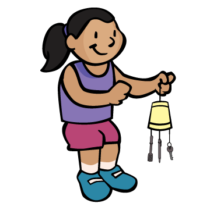
Making homemade wind chimes is a particularly satisfying activity. Not only do they sound great, but while children are constructing them they get a chance to use creative thinking and fine motor skills and to learn about the properties of different materials.
VIEW ACTIVITY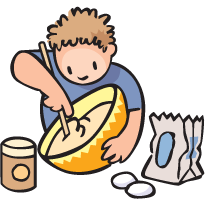
Cooking activities, even simple ones like this, are filled with great learning opportunities. Along with measurement and math skills, kids can develop problem solving and literacy skills as well. By experimenting with the ways that certain ingredients act and react with each other, children will gain an understanding of basic cooking chemistry, and will even learn about design as they create and make changes to their cupcake “prototypes”.
VIEW ACTIVITY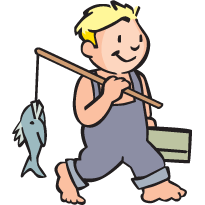
Children are familiar with celebrations like Thanksgiving, Christmas and New Year’s Day, but there are many other celebrations recognized by other cultures that your students may be less familiar with. By learning about these celebrations, children can gain insight not only into the customs of other cultures, but they can come closer to understanding and appreciating the diversity of some of their peers as well. Spring is the time of year that Wampanoag culture gives thanks for the herring that fill the rivers and streams. This activity introduces students to the methods by which the Wampanoag traditionally caught herring and other fish.
VIEW ACTIVITY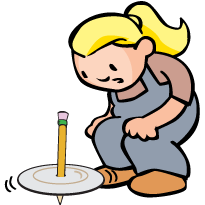
Now that your students have tried all of the Tops activities and experimented with the size, weight and other variables involved in top design, they can use everything they’ve learned to create the ultimate top. This activity also gives students a chance to design how their top will look by drawing or coloring it with markers, colored pencils, crayons, etc.
VIEW ACTIVITY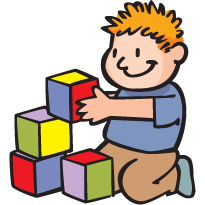
By observing buildings and construction sites, students can see the shapes, forms and materials used to create the structures we live, work and play in. Using paper, straws and pipe cleaners, your students will sharpen their engineering skills as they work together to create a series of structures. Working collaboratively, students will communicate with each other as they investigate the variables that affect their structure, test its sturdiness and improve upon their design.
VIEW ACTIVITY